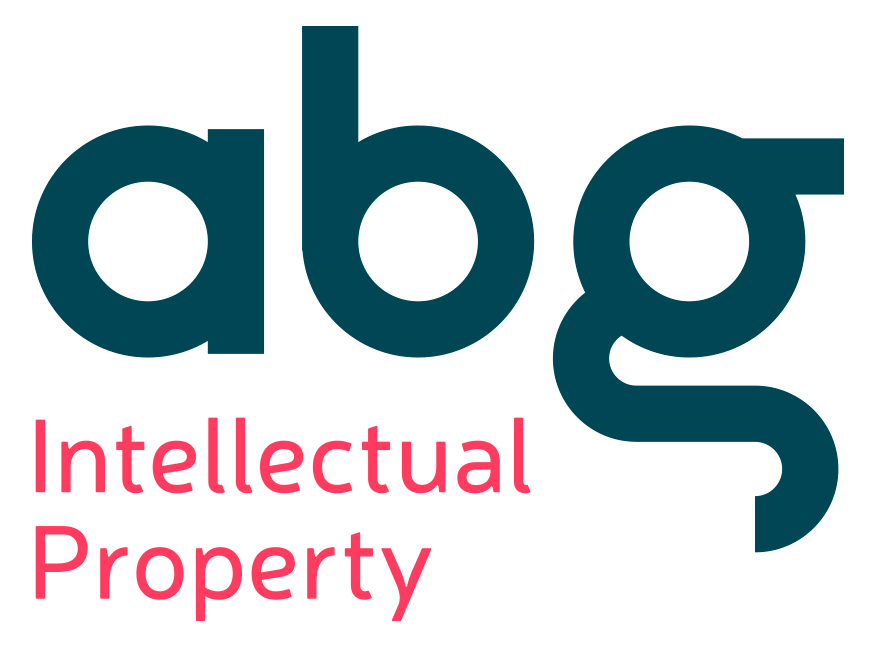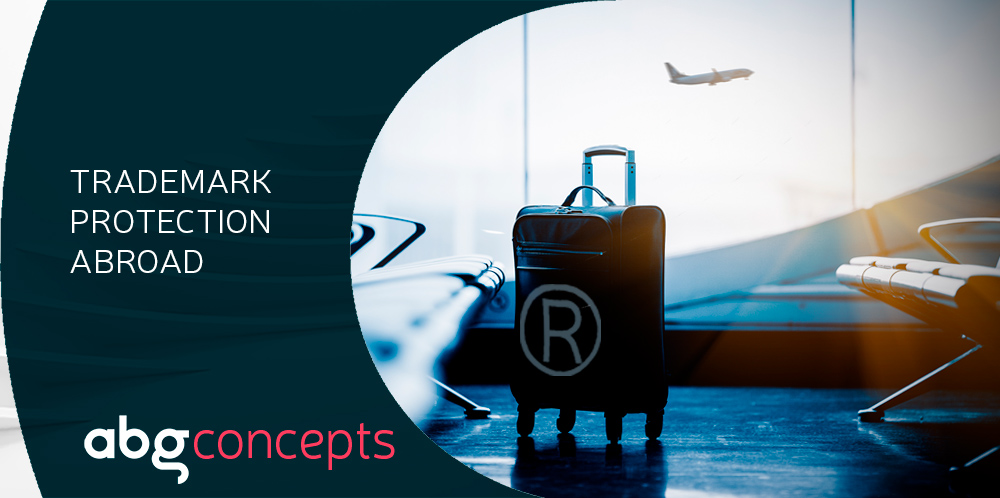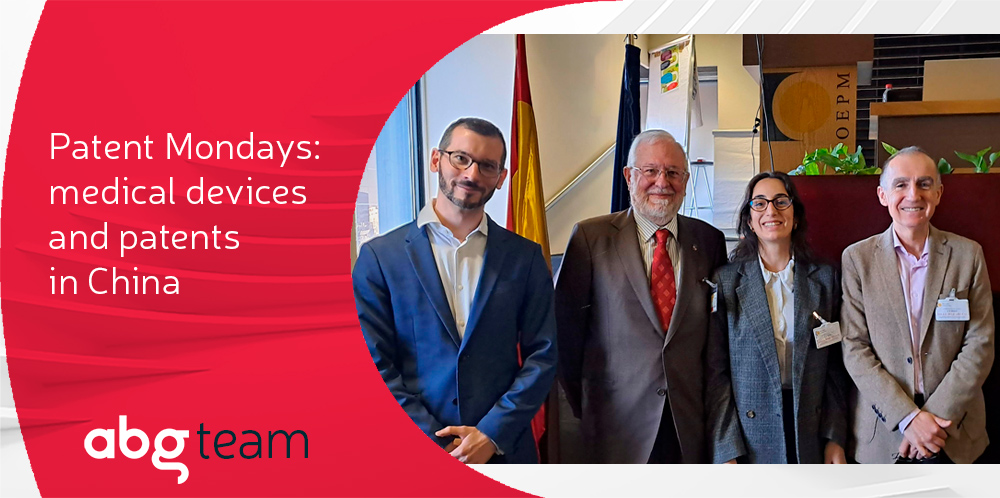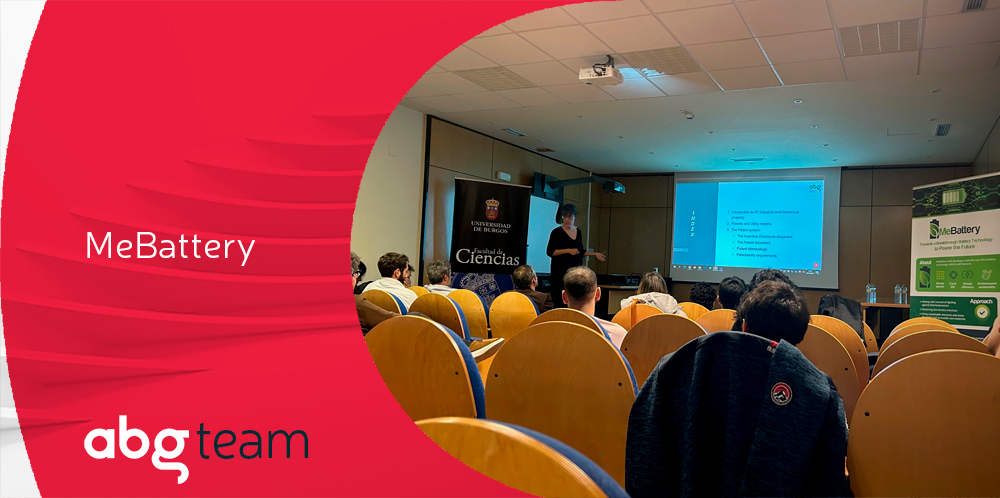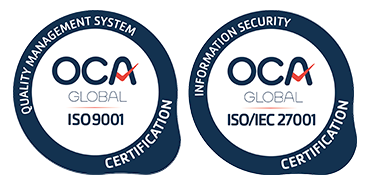Nowadays, when starting up a business, it is often thought beyond the borders of a country, and even of a continent. The goods and services are designed in one corner of the world, but suppliers may be thousands of kilometres away. The same occurs with clients and users who will quite frequently consume or make use of what is offered to them at very different latitudes.
Under these circumstances, a trademark becomes the link that unites them all, the emblem that harnesses and symbolises an entire project. Protecting the graphic identity that distinguishes it from all others wherever it be that it is employed is, therefore, indispensable. To that end, as we have already discussed in an earlier article, one of the options available available is to register such a trademark at an international level under the Madrid System. However, that is not the only option. This article will address in depth other ways in which one can protect a trademark abroad by making use of national and regional systems.
Regional trademarks
Regional trademarks are trademarks that are effective in more than one state. The main feature of regional trademarks is that they are applied for before a single Trademark Office and are subjected to a single examination, but they can be valid and effective in all the Member States in the region.
The following should be mentioned as the main regional trademarks:
- European Union trademarks: European Union trademarks grant protection in the 27 States of the European Union. We already published an article about European Union trademarks in our blog, which you can find by clicking here.
- Benelux trademarks: in the Netherlands, Belgium and Luxembourg, a trademark cannot be applied for separately in each of these states. The trademark must be applied for through the Benelux Intellectual Property Office, which grants registration for the three states simultaneously.
- The African Intellectual Property Organization or “Organisation Africaine de la Propriété Intellectuelle” (OAPI): this organisation is formed by most French-speaking countries in Africa: Benin, Burkina Faso, Cameroon, Central African Republic, Chad, the Comoros Islands, Congo, Côte d’Ivoire, Gabon, Guinea, Equatorial Guinea, Mali, Mauritania, Niger, Guinea-Bissau, Senegal and Togo. By means of the application for a trademark before the OAPI, registration is obtained in all the mentioned countries.
- The African Regional Intellectual Property Organization (ARIPO): this organisation is formed by the following English-speaking countries in Africa: Botswana, Lesotho, Liberia, Malawi, Mozambique, Namibia, São Tomé and Príncipe, Swaziland, Tanzania, Uganda and Zimbabwe. Unlike with the regional trademarks mentioned earlier, a trademark applied for in ARIPO does not automatically designate all the Member States, but rather it is possible to designate just one or some of them.
- The Eurasian Economic Union (EAEU) or Eurasian trademark: this Union is formed by Armenia, Belarus, Kazakhstan, Kyrgyzstan and Russia. The EAEU Treaty, which regulates Eurasian trademarks and will allow all the Member States of the Union to be designated through a single trademark application, became effective on 26 April 2021, but it is still not possible to apply for Eurasian trademarks.
All the mentioned regional trademarks can be designated in an international trademark, except for Eurasian trademarks, for which however it is possible to designate its Member States individually.
National trademarks in third countries
National trademarks are trademarks with a geographic scope of protection comprising a single country.
The application for a national trademark is necessary in those cases where it is not possible to apply for an international or regional trademark in the country of interest, as is the case for instance in most Latin American countries with the exception of Cuba, Brazil and Mexico.
It may also be advisable to apply for a national trademark in countries where it is possible to apply for an international trademark or a regional trademark for the following reasons:
- the applicant is interested in just one specific country;
- to avoid the risk of a central attack against an international trademark, which would apply to every country spanned by the international trademark;
- to avoid the possibility of refusal or cancellation of a European Union trademark, which would affect protection in all EU countries, in those cases where opposable trademarks or an absolute prohibition for registration affect only one or some of the Community countries;
- when the applicant wishes to argue and must prove that the trademark has acquired distinctiveness through the use made of it on the market in order to obtain the registration of the trademark. By limiting the application to a single country, the documentary evidence would also be restricted to a single country whereas, for example, in the case of a European Union trademark, it would be necessary to prove that such distinctiveness has been acquired throughout the entire EU territory;
- in the case of certain non-conventional trademarks such as position, pattern, movement or multimedia trademarks, as these are not as of yet covered by international trademarks;
- in the case of being interested in registering the trademark in countries that do not use the Latin alphabet for applying for the trademark in the alphabet that is used in the country of interest: Mandarin, Cyrillic, Arabic, Japanese, etc., and to facilitate its acceptance and recognition by the local public;
- as a consequence of the complexity of the listing of goods and services which may render it advisable to seek prior counselling from a local attorney;
- for strategic reasons which are studied on a case-by-case basis.
What are the dangers of using a trademark that is not registered in other countries?
In most jurisdictions, the right over the trademark is granted to whoever applies for the trademark first, and not to whoever uses it first.
In these cases, a business may find itself in a scenario where it is selling a good or offering a service in a designated country under an unregistered trademark and a third party registers that trademark in its own name and prevents the business that first used it from continuing to market the goods and services under said trademark in that jurisdiction.
When can I apply for my trademark in other countries? Priority right
In principle, a trademark can be applied for in another country at any time. However, since rights over a registered trademark commence from the application date in most jurisdictions, it is advisable to file the trademark in other jurisdictions as soon as possible. In this situation, I may encounter a problem of not wanting to apply for the trademark in other jurisdictions without first knowing whether my Spanish or EU trademark (or my basic trademark in any other jurisdiction) has been registered.
So what happens if a third party applies for a trademark that may be confused with mine in a jurisdiction of interest during the period of time that the basic trademark registration procedure lasts? This problem can be avoided by resorting to the so-called priority right, which allows the trademark filed abroad to claim the application date of a trademark filed for the first time (the basic trademark) anywhere worldwide. That is, by claiming priority, my filed abroad trademark will hold an earlierright than any other trademark applied for by a third party after the date of filing of my basic trademark.
The priority right has some limits:
- Time limits: priority can only be claimed in applications in subsequent jurisdictions for a period of six months from the application date of the first trademark.
- Identical trademarks: the first trademark in respect of which priority is claimed and the later trademarks applied for in other jurisdictions, as well as the proprietor of those trademarks, must all be the same, and the goods and services of the later trademarks for which priority is claimed must be included in the listing of goods and services of the first trademark the priority of which is claimed.
I have already registered my trademark in the countries of interest. Is this a done deal that I can stop worrying about? – Use and monitoring
The registration of the trademark grants a monopoly to the proprietor thereof to be the only one who can use it for the goods and services for which it is registered. However, in order to maintain this monopoly, most jurisdictions stipulate a later requirement: following a grace period in which use of the trademark is not mandatory, I must be capable of proving said use in order to enforce my trademark rights against third parties.
Furthermore, non-use during a certain continuous period of time, which varies depending on the jurisdiction (usually between three and five years), opens up my trademark to the chance that third parties may seek its invalidation. There are also jurisdictions which require that proof of use of the trademark be submitted before national Trademark Offices every so often so that it can remain in effect.
Keys for the correct internationalisation of my trademark
For my international trademark portfolio to provide suitable protection, I have to revise it periodically and take the following into account:
- that I have a trademark registered in those countries in which I am using the trademark;
- that I am using the trademark in those countries in which the grace period during which use is not mandatory has already ended; or that I am preparing arrangements needed to commence said use, or that there are legitimate causes of the non-use, such as that the good is awaiting marketing authorisation. Use by an authorised third party, such as a licensee, would constitute use of the trademark;
- that the trademark is used in an identical manner or with acceptable variations with respect to how it is registered;
- that the goods and services for the use of the trademark are comprised in the scope of protection of the trademark.
In addition to the use of the trademark, another important point not to be overlooked is the monitoring of the trademark in those jurisdictions in which it is registered. By means of international monitoring, we will be informed of new trademarks belonging to third parties that are susceptible to being confused with my trademark.
Once the information of the existence of said trademark is available, I can take the appropriate measures to prevent its registration, to reach an agreement with the applicant of the later trademark, or even enter into a licensing agreement with said applicant.
Ultimately, not monitoring a trademark leaves it unprotected, so it is highly advisable to contract this service, which ABG IP offers.
